
Advance Praise For
The Craft of Scene Writing
The thing I love most about The Craft of Scene Writing is that Jim Mercurio treats writers as filmmakers. Jim understands that it is our job as writers to obsess over each and every word and action to ensure that each beat is clear, concise, dramatic and surprising. Easier said than done, but Jim gives us the tools to chop, mold and sharpen these beats to gleaming bits of perfection.
Mike Blum, owner and creative director of the LA-based animation studio Pipsqueak Films, Emmy-nominated and award winning director, writer and producer, and creator and showrunner of Get My Goat (DreamWorksTV), Fifi: Cat Therapist (DreamWorksTV), and Samurai! Daycare, (Defy Media)
The first time you read Jim Mercurios outstanding book, youll be as astonished as I was at his ability to reveal and explain every conceivable element of an emotionally captivating scene. The next hundred times will be when you use it to make certain that every single scene in every rewrite of your screenplay or novel is entertaining, compelling and memorable.
Michael Hauge, consultant and story expert, author of Writing Screenplays That Sell, Selling Your Story in 60 Second, and Storytelling Made Easy
This book may well change the way screenwriting is taught. While most courses focus on the big picture, Jim Mercurio gives invaluable step-by-step advice about individually crafting each scene in a screenplay. Its an eye-opening approach to storytelling, which will greatly benefit aspiring screenwriters, game writers, and novelists alike.
Heidi McDonald, award-winning writer, game designer and author of Digital Love: Romance and Sexuality in Games
A must-read for the novice and expert filmmaker and a Bible for the multicultural storytellers at DreamGalaxy. I am glad I waited to read it before finishing my first feature script.
Brian Asingia, CEO of DreamGalaxy and DreamAfrica Consulting, author of The One Who Lives Forever series, The Last Digital Frontier, and feature script Middle Ground
Jim Mercurio has given us an excellent guide to writing scenes that are narratively tight, emotionally engaging, and thematically resonant. He assiduously avoids tired, old school truisms to give us a thoroughly useful, contemporary road map to better writing.
Mick Hurbis-Cherrier, Professor, Film & Media Department, Hunter College-CUNY
The Craft of Scene Writing is an invaluable guide for aspiring screenwriters, practicing screenwriters, and anyone else interested in learning more about the creative art of storytelling. As a longtime professor of screenwriting I must say that I was inspired by Jim Mercurios book.
Frank E. Beaver, Arthur F. Thurnau Professor Emeritus Department of Film, Television and Media, University of Michigan Ann Arbor
Utilizing engaging language, Jim Mercurio explores the shape of individual scenes within screenplays, probing the parallels between micro- and macro story structures, and providing keen insights into the nature of storytelling that should prove useful to creators of dramatic narratives not only in film and TV but in all platforms and media.
Prof. Richard Walter, Former Screenwriting Area Head, and Associate and Acting Dean, UCLA School of Theater, Film and Television
 THE
THE 
CRAFT
OF
SCENE WRITING
BEAT BY BEAT TO A BETTER SCRIPT
Jim Mercurio

Fresno, California
The Craft of Scene Writing
Copyright 2019 by Jim Mercurio. All rights reserved.
Published by Quill Driver Books
An imprint of Linden Publishing
2006 South Mary Street, Fresno, California 93721
(559) 233-6633 / (800) 345-4447
QuillDriverBooks.com
Quill Driver Books and Colophon are trademarks of Linden Publishing, Inc.
ISBN 978-1-61035-330-4
135798642
Printed in the United States of America on acid-free paper.
Library of Congress Cataloging-in-Publication Data on file.
For my parents, sisters, and forever friends.
First learn to be a craftsman; it wont keep you from being a genius.
Pierre-Auguste Renoir
CONTENTS
PREFACE
Of course, it all starts with a story.
A few years ago, a daunting challenge turned into a surprising opportunity. The South Dakota Film Festival invited me to Aberdeen, South Dakota, as a judge and to give a screenwriting talk. The good news was that I was going to share the stage with Kevin Costner. The bad news was that I was slated to follow him.
Its not self-deprecating to acknowledge that Costner would be the climax of the show and that, from a storytelling perspective, to follow him would have been a nightmare.
But the gods of storytelling prevailed, and I was able to go first.
With the pressure off, I relaxed and was able to attend an event the night before where Costner was being interviewed.
To a packed auditorium of over a thousand people, Costner walked out on an empty stage furnished with only two chairs, one for him and one for the interviewer. Two talking heads in a static environment. Really?
That night, Costner proved he is a storyteller to the core by bringing to life what seemed like a storytelling dead end. His interview and resulting performance validated my own storytelling credo and became one of the inspirations for this book.
It was as if he were channeling my not-yet-written screenwriting book one chapter at a time.
Costner had been invited to the festival to celebrate the twentieth anniversary of Dances with Wolves. Upon expressing his sincere reverence and appreciation for the experience and his time spent in South Dakota while shooting the film, he then bluntly confessed something that made the audience roar with laughter. It was the last thing you would expect Costner to say about his costars, the wolves: he hated them.
Opposites. Reversal.
The event didnt turn into an anti-PETA rally, but Costner carried on about how the wolves werent behaving as the trainer had promised. In fact, the trainer himself had to jump in as a stunt double in the long shot in which Costners Dunbar character dances with the wolf.
Conflict.
Costner pops out of his chair and runs back and forth along the stage to act out the scene.
Blocking.
And then, in character, he suddenly runs backstage.
Setting. Location.
Where did he go? What the hell is he doing?
Suspense.
Thirty seconds later, Costner walks back onstage as himself.
Pacing. Role-playing.
Costner plays out his conversation with the trainer. Costner asks, Whyd you run off? The trainer replies, He bit me.
Surprise.
And that memorable shot where he had to dance with the wolf himself? Well, Costner goes on to explain that in order to get the wolf to follow him, he had to fill his pockets with meat. He has already run back and forth, so now he adds a twist.
He acts out his important discovery of how to direct the wolf to go away from him: he tosses an imaginary piece of meat over his head to keep the imaginary beast at bay.
Next page



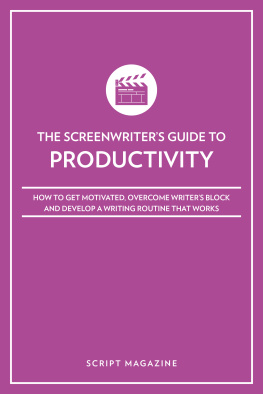
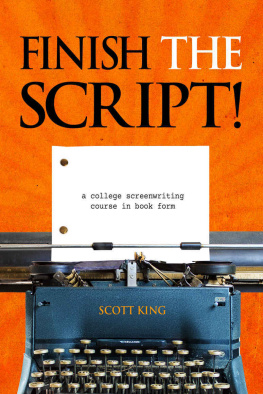

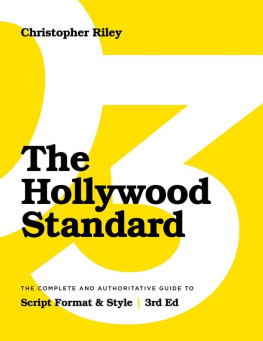
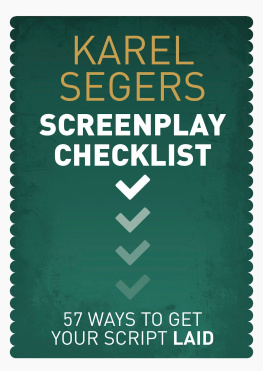
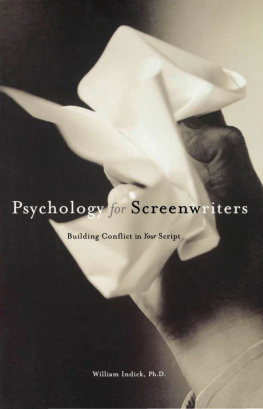
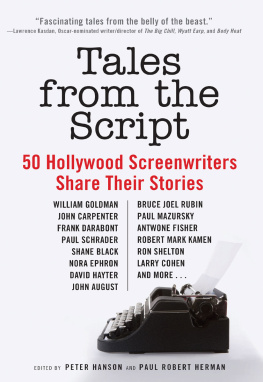
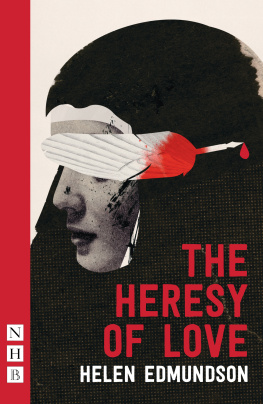
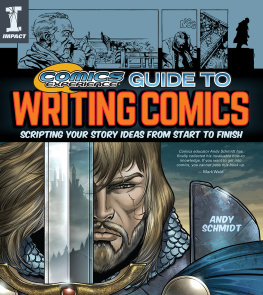

 THE
THE 